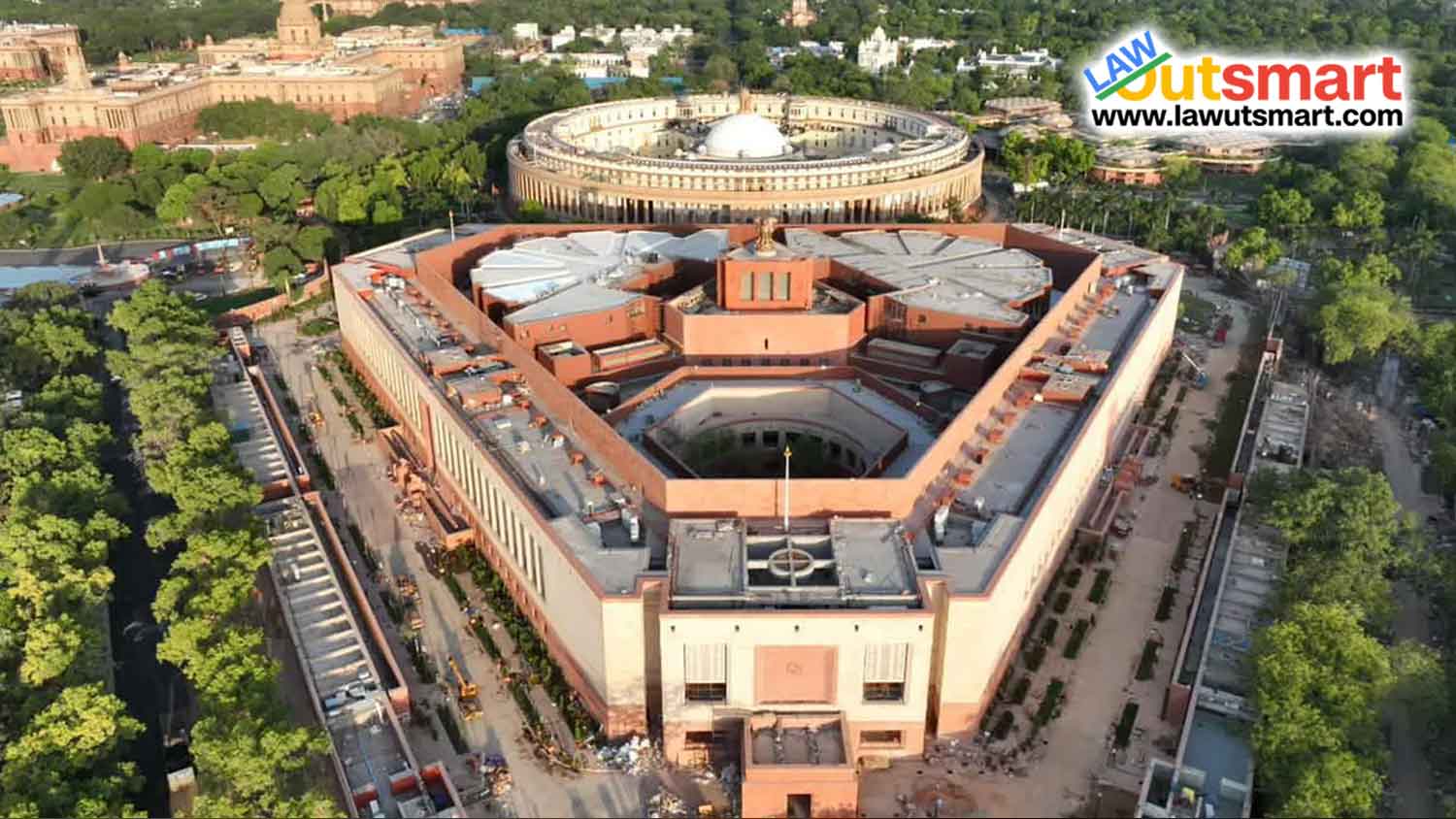In the pursuit of creating a more inclusive and egalitarian society, the Indian government enacted the Rights of Persons with Disabilities Act in 2016. Replacing the earlier legislation of the Persons with Disabilities (Equal Opportunities, Protection of Rights and Full Participation) Act, 1995, this new law was a revolutionary step in safeguarding the rights and interests of disabled individuals. This article aims to provide an easy understanding of the Act, its historical backdrop, key features, challenges, and its impact on society.
Historical Background
Before the introduction of the 2016 Act, the primary legislation that dealt with disability rights was the 1995 Act. However, this older legislation was often criticized for being narrow in its scope and ineffective in its application. Additionally, the global commitment to disability rights evolved with the United Nations Convention on the Rights of Persons with Disabilities (UNCRPD), which India ratified in 2007. This compelled the Indian legislature to revise its existing laws, culminating in the 2016 Act.
Key Features
Increased Scope of Disabilities
The Act expanded the types of recognized disabilities from seven in the 1995 Act to 21, now including conditions like autism, Parkinson’s, and Thalassemia among others.
Equal Rights and Opportunities
The Act stipulates non-discrimination in employment and equal opportunity policies, requiring both public and private establishments to be accessible and sensitive to the needs of disabled individuals.
Reservation in Employment
The Act raised the reservation quota in government jobs for disabled individuals from 3% to 4%.
Accessibility
The Act mandated that all public buildings, services, and information systems must be accessible to persons with disabilities by 2022.
Guardianship
It introduces a limited guardianship system that upholds the autonomy and dignity of disabled individuals by allowing them to take independent decisions to the extent possible.
Penalties
The Act contains strict provisions for offenses against disabled persons, including imprisonment and fines.
Implementation and Oversight
A robust implementation mechanism is envisaged through the establishment of authorities at both central and state levels. These include the State Advisory Boards on Disability and Special Courts for speedy trials of offenses against persons with disabilities.
Challenges
Awareness and Sensitization
Despite the enactment of the law, there is limited awareness and social stigma associated with disabilities, making it challenging to realize the Act’s objectives fully.
Infrastructure and Accessibility
While the Act mandates accessibility, the reality is that much of India’s public infrastructure is not yet universally accessible.
Bureaucratic Hurdles
Multiple levels of certifications, approvals, and red tape pose significant barriers to the actual benefits reaching those in need.
Under-reporting and Stigmatization
Often, crimes against persons with disabilities go unreported due to societal attitudes and stigmatization.
Future Perspectives
Technology’s Role
Technological advancements can significantly assist in making society more inclusive for persons with disabilities.
Skill Development
Focused skill development programs could help improve employment opportunities for disabled individuals.
Public Awareness
Campaigns to improve awareness and alter public perception are crucial for the Act’s success.
Conclusion
The Rights of Persons with Disabilities Act, 2016, is a landmark legislation that reflects India’s commitment to creating an inclusive society. While the Act is robust in its scope and intentions, the on-ground implementation and societal attitudes need to catch up. The effectiveness of this legislation will ultimately be judged by how it improves the lives of millions of disabled Indians, integrating them into the mainstream and enabling them to live with dignity and purpose. Therefore, while we have the legislative framework in place, the journey towards an inclusive society is still a long one, requiring concerted efforts from all sections of society.

